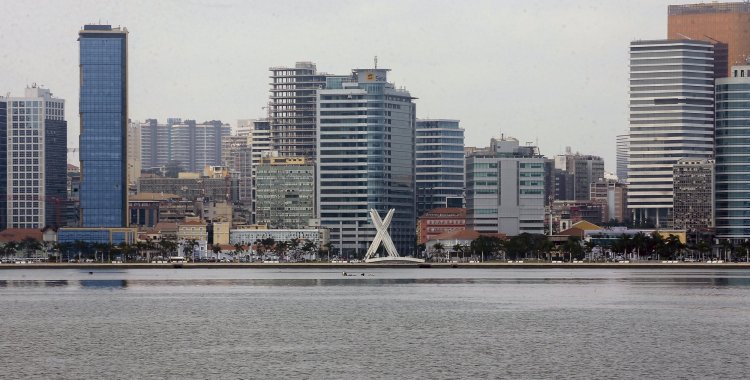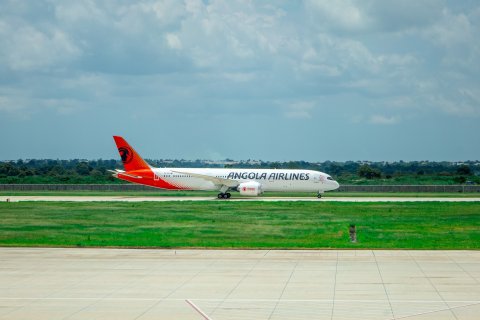"Growth is expected to accelerate significantly this year, in a context in which the easing of restrictions related to the pandemic boosts domestic demand, while the external sector benefits from high raw material prices", write analysts at FocusEconomics, in the monthly analysis of sub-Saharan African economies.
In the report, this consultant based in Barcelona writes that high oil prices and the desire of European countries to diversify energy sources, moving away from Russian gas, are positive for Angola, which also benefits from good external conditions, improving its accounts. public.
Even so, the forecast growth of 3.2 percent for this year, 3.4 percent for 2023 and 3.6 percent for 2024 is always below the average forecast for countries in the region, which are expected to grow 3.6 percent. percent this year, 3.7 percent in 2023 and 3.9 percent in 2024.
"The growth of sub-Saharan Africa is expected to be close to the highest in a decade, with the exception of the value registered last year", write the analysts, stressing, however, that the risks remain.
"There are important risks that remain, driven by the aftermath of the war in Ukraine; the twin [budgetary and external] deficits in some countries are increasing, and debt-to-GDP ratios in the region are being pushed to the highest levels in recent years. decades, putting many countries in 'debt distress' [debt too high]", the report adds.
Analysts estimate that inflation in Angola will rise from 23.3 percent this year to 15.5 percent and 10.9 percent in the next two years, dropping to single digits in 2025, at 9.9 percent.
Inflation, which dropped to 23 percent in June from 24.4 percent in May, "is expected to continue to slow down in the second half of 2022, despite capital outflows and high raw material prices being big risks to this forecast", conclude the analysts.







